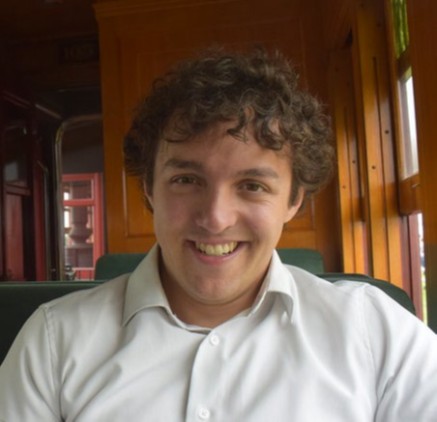Dr. Geoffrey Andrews
Technical Staff
MIT Lincoln Laboratory
https://www.linkedin.com/in/geoffrey-andrews-99916671/
Abstract
Recent shifts in the global geopolitical landscape have driven a resurgence of interest in hypersonic vehicles. Designing aerospace systems which can survive the punishing flight environment associated with hypersonic regimes is a unique and challenging systems engineering problem – while the term “hypersonic” encompasses a broad range of flight conditions ranging from Mach 5 to Mach 25 and beyond, hypersonic vehicles can generally be expected to experience thermal loading sufficient to melt most engineering alloys, aerodynamic forces strong enough to tear structures apart, and speeds high enough to cause air itself to dissociate and ionize into a dense plasma. Being able to design and operate hypersonic systems thus requires a detailed understanding not just of the governing aerodynamics of flight, but also the thermal and structural mechanics of the vehicle, complex fuel chemistry, material effects, and plasma mechanics that can interfere with guidance, navigation, and communication systems. In short, hypersonic flight is one of the defining interdisciplinary engineering challenges of the modern era. This talk will provide a broad overview of key challenges in the field of hypersonics and discuss some of the unique coupled simulation capabilities which are being explored at MIT Lincoln Laboratory.
DISTRIBUTION STATEMENT A. Approved for public release. Distribution is unlimited.
This material is based upon work supported by the Department of the Air Force under Air Force Contract No. FA8702-15-D-0001. Any opinions, findings, conclusions or recommendations expressed in this material are those of the author(s) and do not necessarily reflect the views of the Department of the Air Force.
About Dr. Geoffrey Andrews
Geoffrey Andrews is a member of the technical staff at MIT Lincoln Laboratory, where he works in the Structural and Thermal Fluids Engineering Group. His area of expertise is hypersonic aerothermodynamics, with a focus on coupled simulation of multidisciplinary phenomena and validation of models with ground and flight test data. Before joining the Laboratory, Andrews worked at NASA’s Glenn Research Center in Cleveland, Ohio, and the Von Karman Institute for Fluid Mechanics, near Brussels. Andrews completed his B.S. in Lehigh University's Department of Mechanical Engineering and Mechanics and his Ph.D. and M.S. at Purdue University's School of Aeronautics and Astronautics.
